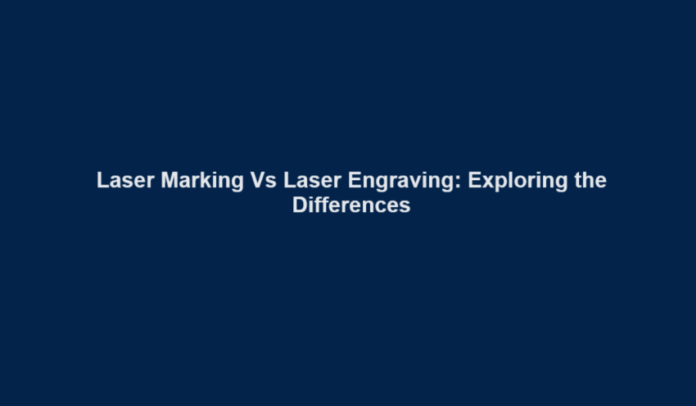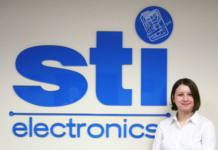
In the realm of modern manufacturing and customization, laser technology has played an indispensable role in achieving precision and personalization. Two prominent applications of laser technology that often garner attention are laser marking and laser engraving. While both of these processes involve the use of lasers to modify the surface of materials, they serve distinct purposes and offer unique advantages. In this comprehensive guide, we delve into the world of laser marking and laser engraving, highlighting their differences, applications, and advantages, helping you get more out of your laser technology for your specific needs.
Laser Marking: Precision with a Delicate Touch
What Is Laser Marking?
Laser marking is a versatile and precise method of altering the surface of materials without compromising their structural integrity. It involves using a laser beam to create marks, logos, barcodes, or alphanumeric characters on a variety of materials, including metals, plastics, ceramics, and more. This process does not penetrate the material’s surface; instead, it modifies the surface by inducing a chemical or color change.
Applications of Laser Marking
Laser marking finds applications in a wide range of industries, owing to its precision and non-contact nature. Some notable applications include:
- Industrial Manufacturing: Laser marking is widely used for product identification, serialization, and branding in industries such as automotive, electronics, and aerospace.
- Medical Devices: Medical instruments and devices often feature laser markings for traceability and compliance with regulatory requirements.
- Jewelry: In the jewelry industry, laser marking allows for intricate designs and personalization on various metals and gemstones.
- Electronics: Printed circuit boards (PCBs) and semiconductor components are often laser marked for product identification and tracking.
Advantages of Laser Marking
Laser marking offers several key advantages:
- High Precision: Laser marking ensures fine details and high-quality results, making it suitable for intricate designs and small text.
- Non-Destructive: As laser marking does not penetrate the material, it does not weaken its structural integrity.
- Permanent Marks: The marks created by laser marking are durable and resistant to wear, making them suitable for harsh environments.
- Laser Engraving: Deep, Durable, and Decorative
What Is Laser Engraving?
Laser engraving, on the other hand, involves the removal of material from the surface to create depressions or cavities. This process is deeper and more invasive compared to laser marking and is often used for decorative, branding, or personalization purposes.
Applications of Laser Engraving
Laser engraving has a wide array of applications, including:
- Woodworking: In the woodworking industry, laser engraving is used to create intricate designs, patterns, and text on wooden surfaces for artistic and functional purposes.
- Awards and Trophies: Laser engraving adds a touch of elegance to awards, trophies, and plaques, allowing for detailed inscriptions and logos.
- Personalized Gifts: Many personalized gifts, such as customized phone cases, cutting boards, and jewelry, feature laser-engraved designs.
- Firearms: Firearm enthusiasts often opt for laser engraving to adorn their weapons with unique designs and personalization.
Advantages of Laser Engraving
Laser engraving offers distinct advantages:
- Deep and Durable: Laser engraving creates deep, long-lasting marks that are resistant to fading and wear.
- Versatility: It can be used on a wide range of materials, including wood, glass, acrylic, leather, and more.
- Customization: Laser engraving allows for intricate and customizable designs, making it ideal for personalized items.
Laser Marking vs Laser Engraving: A Comparative Analysis
Now that we have explored the fundamentals of laser marking and laser engraving, let’s compare these two processes side by side:
Depth of Modification:
Laser Marking: Surface modification, no material removal.
Laser Engraving: Deep material removal to create depressions.
Applications:
Laser Marking: Ideal for product identification, serialization, and fine-detail marking.
Laser Engraving: Suited for decorative, branding, and personalization purposes.
Materials:
Laser Marking: Suitable for metals, plastics, ceramics, and more.
Laser Engraving: Versatile and applicable to materials like wood, glass, acrylic, and leather.
Durability:
Laser Marking: Permanent marks resistant to wear.
Laser Engraving: Deep and durable marks resistant to fading.
Conclusion
Both laser marking and laser engraving are invaluable in their own right, catering to different needs and applications. The choice between the two depends on your specific requirements, material, and desired outcome.


















